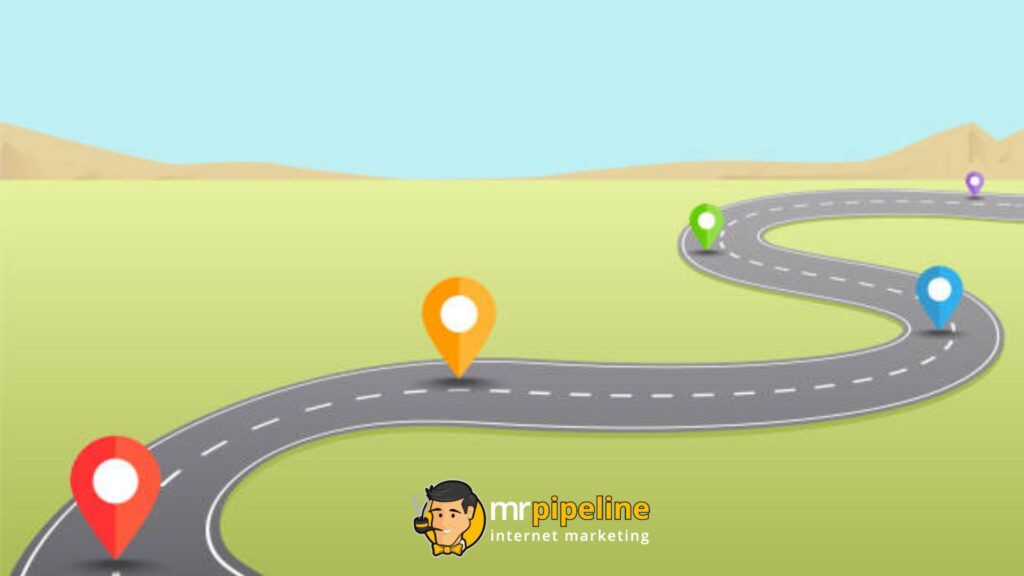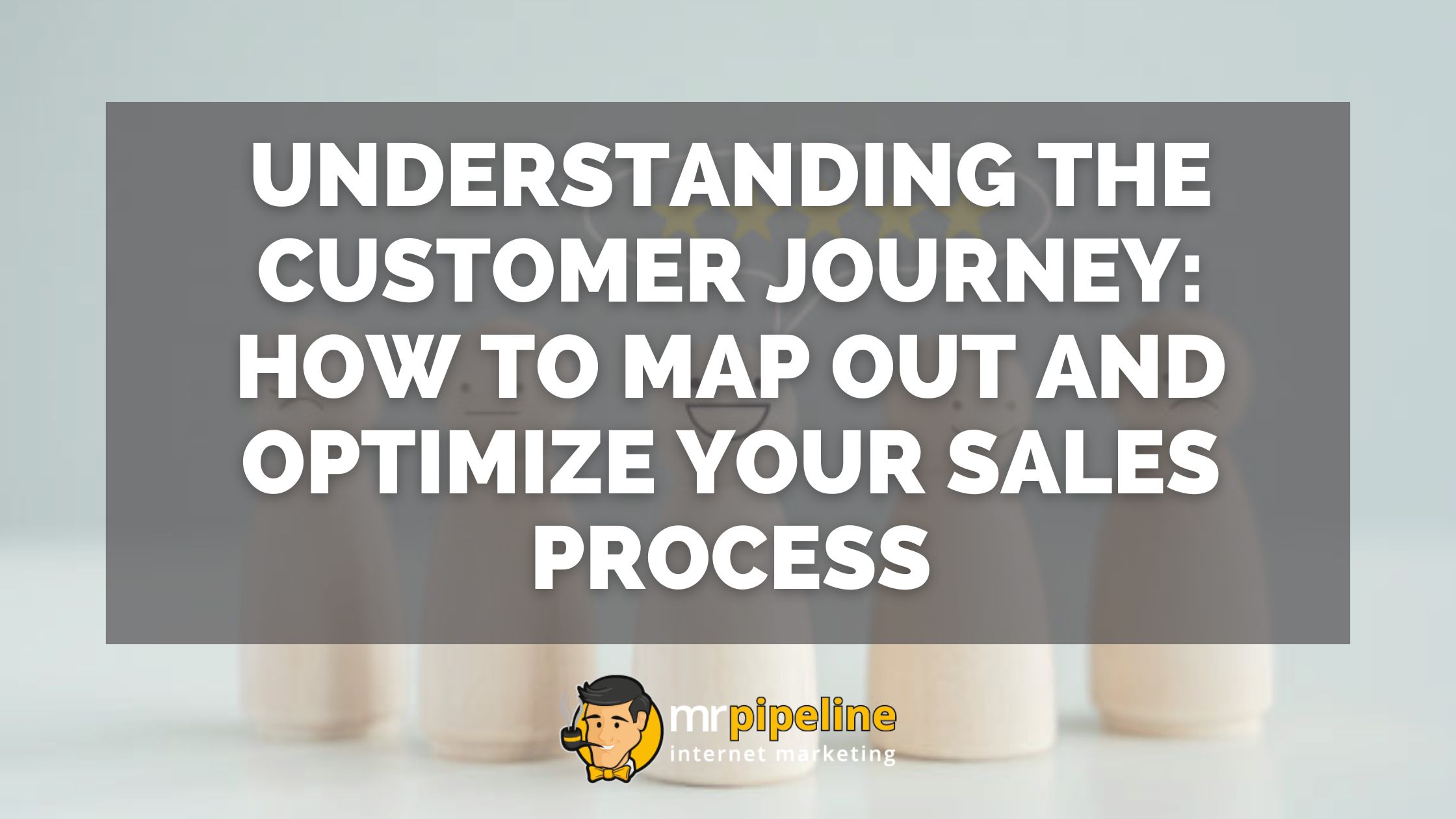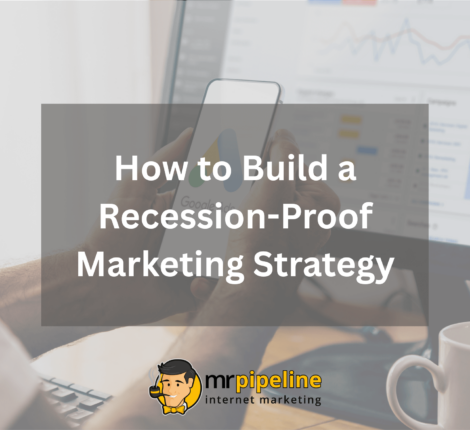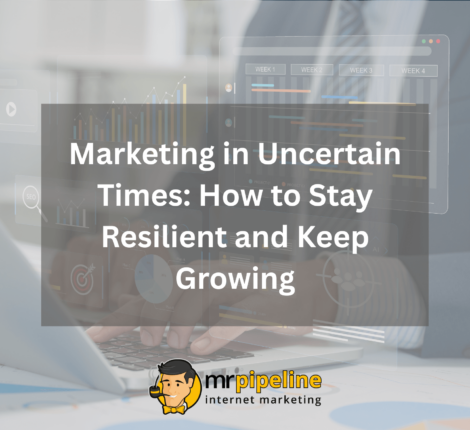- October 1, 2024
- Digital Marketing
- Comments : 0
Understanding the Customer Journey: How to Map Out and Optimize Your Sales Process
Every successful business knows that turning casual interest into loyal, long-term customers does not happen by chance. It results from a well-constructed journey that guides potential clients from their first point of contact to the final decision to hire your services. But if you don’t fully understand that journey, you could miss critical opportunities to connect, engage, and convert those prospects.
By mapping out the customer journey, you can identify critical touchpoints and ensure your business delivers the right message at the right time. From discovery to decision and beyond, optimizing this process helps eliminate friction, build trust, and keep clients coming back.
In this blog, we’ll explore the steps for creating a clear and effective customer journey map and highlight how home service businesses can use this tool to fine-tune their sales strategy and boost customer satisfaction.
What Is the Customer Journey?
The customer journey is the path your customers take from the moment they first hear about your business to when they decide to purchase and beyond. It covers every single touchpoint, from browsing your website to reading reviews to engaging with your social media or calling you directly for more information.
Understanding this journey is crucial for home service businesses. It lets you see your business from your customer’s perspective and identify the moments when you can stand out.
The customer journey typically has four stages:
- Awareness: The customer becomes aware of your business.
- Consideration: They evaluate whether your services fit their needs well.
- Decision: They decide to make a purchase.
- Post-Purchase: They reflect on their decision and form lasting impressions of your service.
Why Mapping the Customer Journey Matters?
Mapping the customer journey lets you see where potential clients may be slipping away. Visualizing each step can improve communication, remove obstacles, and deliver a more smooth experience. It’s about ensuring your business is present at the right time with the right message.
Consider this: a person may find your business through a Google search. They’re impressed by your reviews but can’t easily find a way to contact you. With no direct call-to-action, they might move on to a competitor. Mapping the journey helps you fix these gaps.

How to Map Out Your Sales Process?
Now, let’s break down the sales process based on the customer journey:
Stage 1: Awareness
Your customers first need to discover you, and they do this primarily through online channels like search engines, local directories, or social media.
Ensure your SEO and Google My Business profiles are optimized with relevant information and eye-catching content. Paid ads and social media campaigns can also help you get noticed.
Stage 2: Consideration
At this point, potential clients are considering their options. Make it easy for them to find the information they need to choose you.
This is where having a clean, user-friendly website comes in. Provide helpful content like blogs, videos, or case studies to build trust and keep them engaged. Also, consider setting up email marketing campaigns to nurture leads.
Stage 3: Decision
When your customer is ready to make a decision, ensure your website, social media, and email campaigns have clear calls to action.
Also, showcase positive reviews and testimonials to give potential clients confidence. Offering a discount or limited-time promotion can often be the nudge they must commit.
Stage 4: Post-Purchase
Your job continues once a customer buys. It’s just beginning.
Follow up with personalized emails, ask for feedback, and encourage them to leave reviews. To encourage repeat business, you can also offer loyalty programs or discounts on future services.
Optimizing Your Customer Journey for Growth
- Track and analyze every step: Use tools like Google Analytics to monitor how customers find your business and interact with your site. Then, based on their behavior patterns and preferences, adjust your strategy.
- Gather and act on feedback: Regularly ask customers for their input and take their feedback seriously. Their experiences provide valuable insights to improve your service and refine your marketing efforts.
- Continuously adapt and evolve: Optimizing the customer journey is an ongoing process. As your business grows, keep evolving your approach to better align with your customer’s changing needs and expectations.
Bottom Line!
Mapping and optimizing your customer journey isn’t just good for business—it’s essential. By guiding customers from the first interaction through repeat business, you’ll build stronger relationships and stand out in a crowded market. And when you do it right, you’ll see your customer base—and your bottom line—grow!







